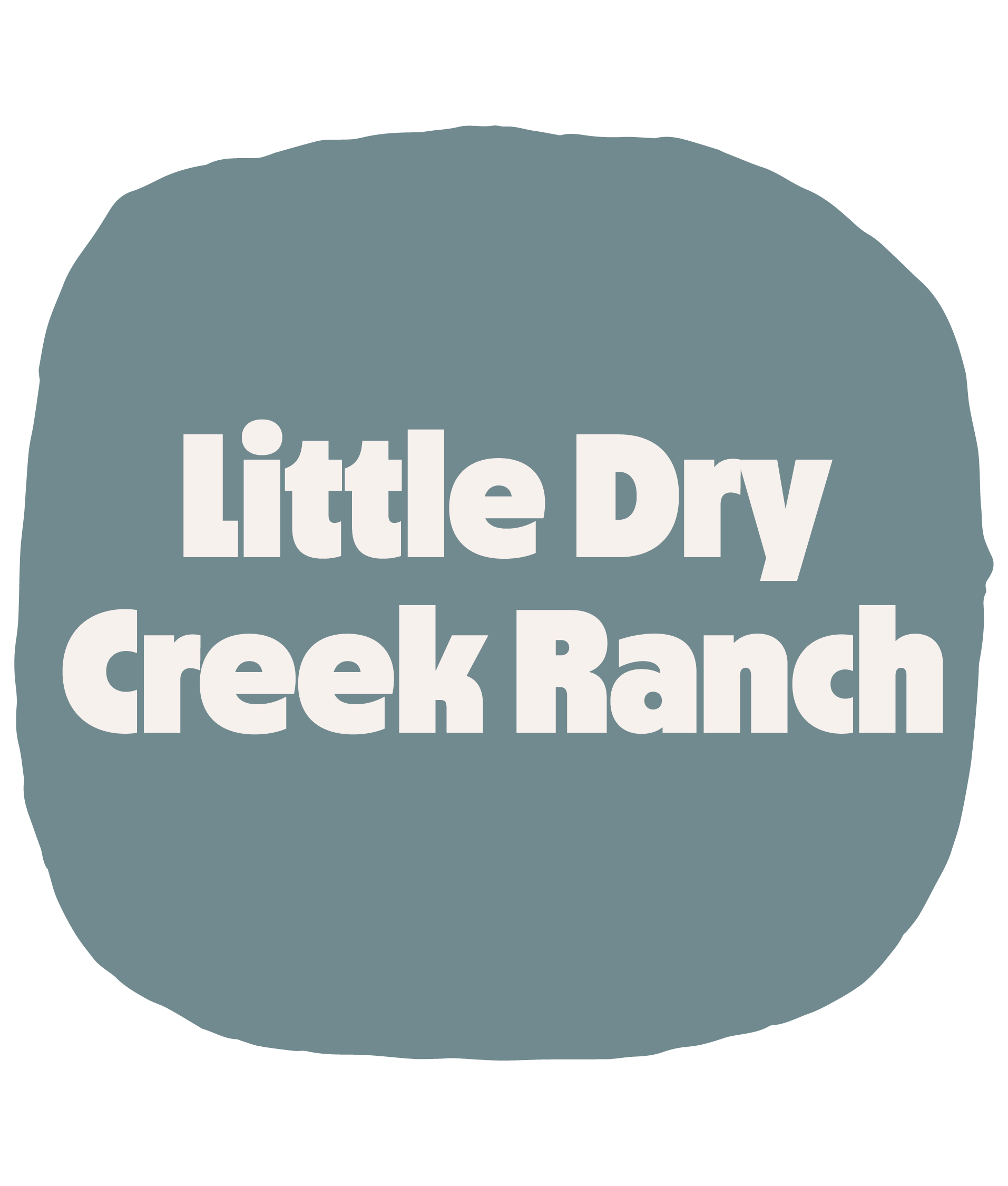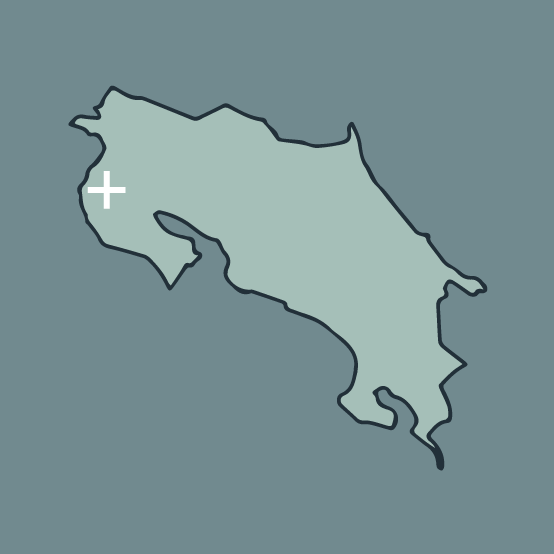PROJECT CASE STUDIES
Finca La Siembra at
SHIFT LIVING
Location: Las Delicias de Playa Garza, Nicoya, Guanacaste, Costa Rica
Holdridge Life Zone Classification: Tropical Moist Forest
Local Watershed: Río Garza, nested in the Nicoya Peninsula Watershed
Biological Corridor: Río Nosara
Nearby Protected Areas: Refugio de Vida Silvestre Ostional
Area of Conservation: Area de Conservación Tempisque
















Shift Living is a residential community development project with a vision for creating a community that celebrates art and creativity, nature, and overall well-being. The long term vision of the project is to re-establish the tropical moist forest ecosystem around the future residences, create long term water retention on site, establish a productive farm, and integrate educational opportunities for residents, workers, and visitors.
Our work at Shift began in 2020, when we were brought on to join a larger team of project stakeholders and other professionals to guide the design charrette and site evaluation process. Our goal here was to first assess which areas of the property were most suitable for establishing a productive farm and then to create a realistic vision for the development of this farm. This process required significant time on site, the study of hydrological and topographical patterns, identifying the best approach for agricultural practices and the suite of crops that could produce in that ecosystem, as well as the development of cost estimates, timelines, and design details to guide the stakeholders through a decision making process and bring this vision to life.
Following a suitability analysis, our team moved into more zoomed in farm concept planning. In this portion of the process, we designed water movement patterns that followed natural topography, pinpointed our species selections and spacings for agroforestry systems, and created a set of recommendations for infrastructure, including access patterns, water conveyance + storage, farm building needs, and more. This plan laid the foundation for implementation the following year.
The implementation portion of our scope of work began with oversight of site preparation and earthworks, followed by the initial layout of support species for the future agroforestry systems. This install then evolved over time to taking on day to day management of the farm, training workers, seeking and hiring long term farm managers, and guiding the farm to a point where it could stand on its own.
The Shift farm is active to this day, managed by long term Shift employees. Porvenir maintains a close relationship with the project, and as planned, graduated out of a management role on schedule.
Finca Luna Nueva
Location: San Isidro de Peñas Blancas, San Ramón, Alajuela, Costa Rica
Holdridge Life Zone Classification: Tropical Wet Forest
Local Watershed: Río Peñas Blancas River, nested in the San Carlos River Watershed
Nearby Protected Areas: Refugio de Vida Silvestre Ostional
Area of Conservation: Huetar Norte










Finca Luna Nueva is a regenerative farm and hotel located near La Fortuna, Costa Rica. It has a long and storied history in the country as one of the first certified organic farms, certified biodynamic farms and for popularizing the planting of ginger and turmeric as export quality medicinal crops. The project celebrated its 30 year anniversary in 2024.
Porvenir Design was contracted in 2017 to help re-activate and evolve the farm after it had struggled in the face of disease challenges to its major export crop, Turmeric. Our team took the approach of focusing on connecting the farm more directly to the hotel and on-site restaurant, while simultaneously introducing Syntropic Farming as a new methodology to guide the farm philosophy. This resulted in a shift from an input based form of agriculture, focused on outside purchases, to a process based form of agriculture, focused on the processes of ecological succession and photosynthesis.
Our team was embedded in the project for over five years, guiding nearly all major farm decisions. This included re-creating the farm tour and guest experience, hiring and training farm managers, overhauling the dairy and pasture management, creating a farm-to-table processing center, documenting major farm developments, and leading numerous educational field experiences for the community.
Per the original engagement our team anticipated running the farm for around five years before passing the project on to the new farm managers. This transition occurred in 2024 and today we maintain a caring relationship with the farm owners, workers, and the land, which we love to visit.
Finca Luna Nueva was our team’s first major long term client and we are indebted to them for their trust and commitment to regenerative agriculture.
Cinco Ramas
Location: Katira, Alajuela, Costa Rica
Holdridge Life Zone Classification: Tropical Wet Forest
Local Watershed: San Juan River Watershed (dm: Río Celeste, nested in the Río Frío Watershed)
Biological Corridor: Ruta los Maleku Medio Queso
Nearby Protected Areas: Parque Nacional Volcán Tenorio, Refugio de Vida Silvestre Caño Negro
Area of Conservation: Huetar Norte







Cinco Ramas is a well known organic spice farm located in northern Costa Rica. They contracted Porvenir Design to support the creation of a new site which will eventually transition into their farm headquarters. Our team has been in an ongoing mentorship role with the project owners as they develop this new location. This has included discussions around the vision for the project, the potential of the land toward various purposes, the general siting of key elements such as ponds, agroforestry systems, and infrastructure.
In 2024, we embarked on the design of an innovative 5000 m2 agroforestry system on the property. Using the methodology of Syntropic Farming we design an agroforestry system that will produce crops starting in year 1 and for the next 50 years. Early rotation crops include Hibiscus, Turmeric, and Cardamom, which are all a feature of the Cinco Ramas product line. As these crops cycle out of the system, new longer term species start producing: tea, citrus, avocado and pili nut. As far as we know, this is the world’s first Tea (Camellia sinensis) planting design using Syntropic Farming.
Our team maintains a strong relationship with the project, often visiting to check on progress and providing remote support.
Little Dry Creek Ranch
Location: Santa Cruz, Guancaste, Costa Rica
Holdridge Life Zone Classification: Tropical dry forest, moist province transition
Local Watershed: Icacal River and Estuary, nested in the peninsula de Nicoya Watershed
Biological Corridor: Diriá
Nearby Protected Areas: Parque Nacional Marino las Baulas
Area of Conservation: Area de Conservación Tempisque








Little Dry Creek Ranch is a homestead for a family of six in the Guanacaste region. The quality of life that is being sought through this land based project is to increase time spent in nature, gardens, tending to animals, and at the beach. The vision for the design and management of this project is to integrate the productive landscape with reforestation and conservation of the local biodiversity while creating paths and other features that create opportunities for human interaction and connection with nature.
Our working relationship started in 2022, when we were hired to create a Living Concept Plan to design and recommend the development patterns best suited to the land and client goals. This involved spending time on site with the family to understand their priorities, read the landscape, and together define what areas were most suitable for different design elements such as access, water management swales, orchards, veggie gardens and main structure locations.
Soon after, we continued our working relationship through started working in the field to establish an agroforestry fruit crop system, rainwater and grey water management systems on site, reforestation of specific areas in the property with the goal of having well established systems by the time the owners started living on site. Through 2024 and 2025 our work has been focused on managing and nurturing the newly established plantations and systems along with general property upkeep in areas that were not going to be impacted by the construction site. After two years of work in this project the agroforestry system is already producing an abundance of harvests like perennial greens, bananas and papayas.
















